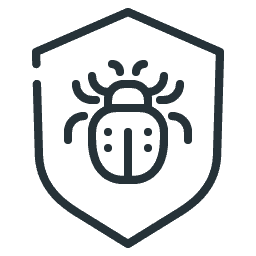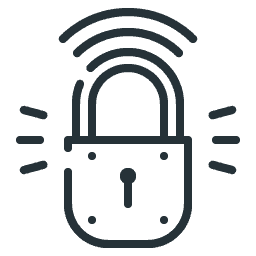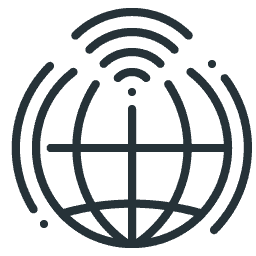Key Component of Enterprise Test Lab Setup: Emulating Production Environment
For conducting comprehensive testing of IT infrastructure changes and updates before deployment in live production systems. This simulated environment replicates the organization's operational setup, including infrastructure components, applications, and services, enabling thorough testing of various scenarios without impacting critical business operations.
Streamlining Test Environment Management with Cloud Integration
Integration with cloud-based test environment platforms like Azure DevTest Labs streamlines the setup, maintenance, and scalability of test environments. By leveraging self-service provisioning, cost management, and resource isolation features, companies can efficiently create and manage test environments in the cloud. This integration enhances flexibility, optimizes resource utilization, and facilitates collaboration among team members.
Secured Access Configuration
IAM Configuration is crucial for ensuring secure and controlled access to resources within the test environment. Companies meticulously configure user roles, permissions, and access controls to align with their security policies and requirements. This ensures that users have the appropriate level of access needed for testing activities while maintaining data confidentiality and integrity. Additionally, IAM encompasses advanced features such as single sign-on (SSO), multi-factor authentication (MFA), and robust password management, further enhancing security measures within the test lab.
With integrated cyber security services, our proven worldwide expertise helps you transform safely.

Attack surface unknown

Regulatory Compliance

Rapid digital transformation

Emerging threat landscape
Your frequently asked questions Answered
Today’s primary cybersecurity threats facing businesses include phishing attacks, ransomware, insider threats, data breaches, and advanced persistent threats (APTs). These threats exploit systems, networks, and human behavior vulnerabilities to gain unauthorized access to sensitive information or disrupt business operations. To stay updated on the latest cyber threats and security measures, organizations can refer to reputable cyber security sites and monitor real-time threat intelligence to defend against today’s evolving attack landscape proactively.
Considering the evolving nature of cybersecurity threats, a cybersecurity audit is a proactive step toward fortifying your organization’s defenses. It helps identify security gaps, weaknesses, and vulnerabilities in your systems and processes and provides valuable insights into your compliance status with industry regulations like GDPR or PCI DSS. Our tailored recommendations empower you to avoid potential threats, ensuring your organization’s security and compliance.
It’s equally important to maintain regular security measures. Implementing robust security controls such as firewalls, antivirus software, and intrusion detection systems is a must to protect against malware and unauthorized access. Regular security awareness training for employees is crucial in preventing phishing attacks and ensuring they follow best practices for password management and data protection. Employing multi-factor authentication (MFA) and encryption techniques enhances the security of sensitive data both at rest and in transit. Regularly updating software and systems with security patches and conducting vulnerability assessments are critical measures to mitigate cyber threats effectively.
Affordable prices
We offer competitive and affordable prices to ensure accessibility without compromising on quality.






